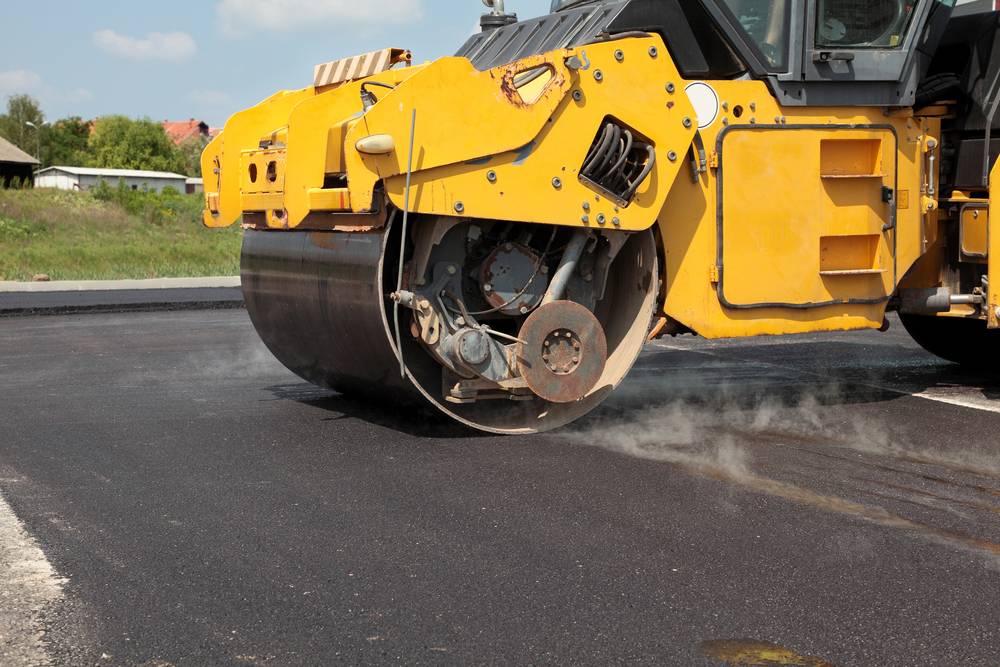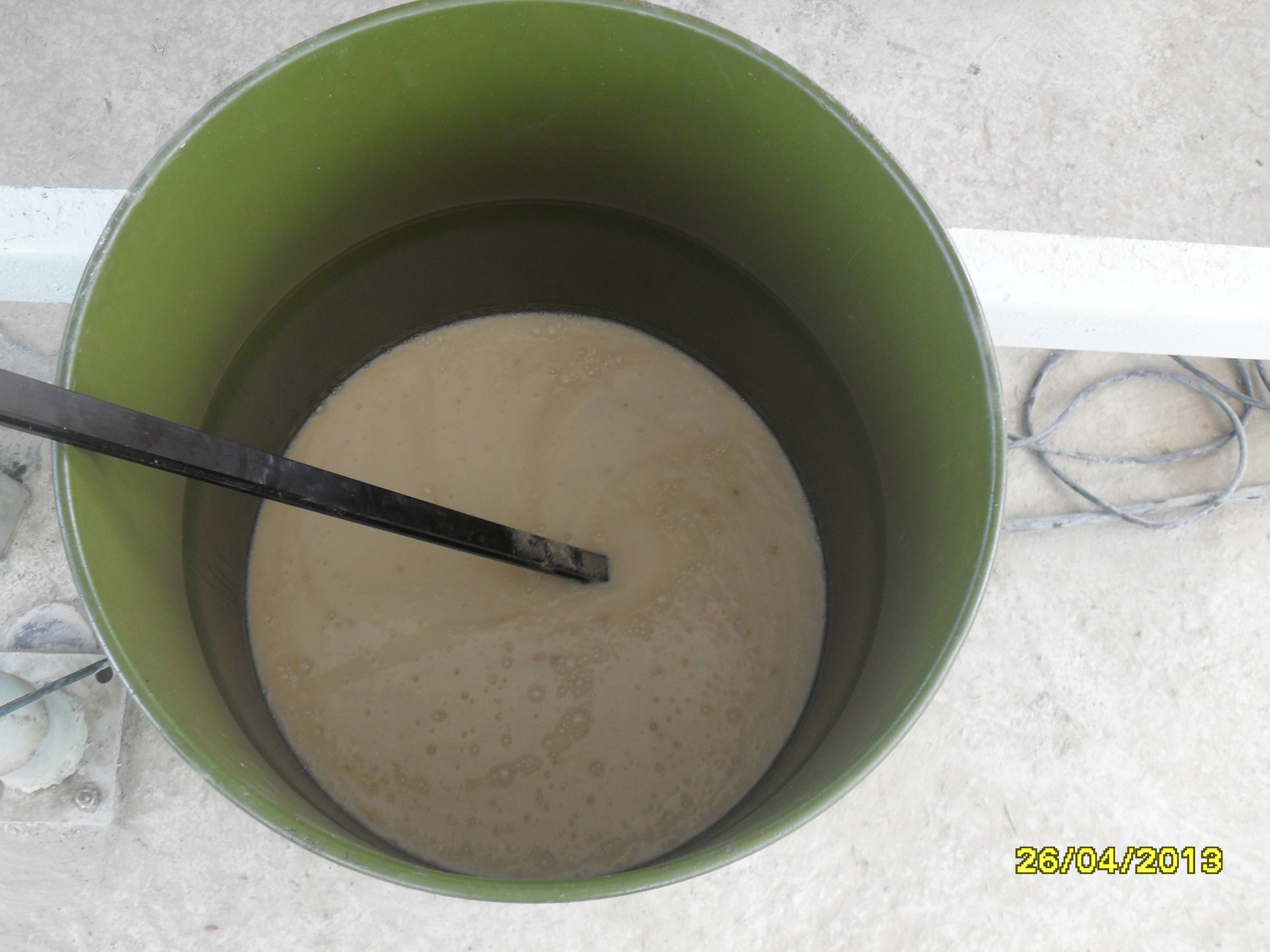
Nowadays, the storage and discharge of bitumen can be difficult and expensive operations for your company. The physical and chemical peculiarities of the material, difficult climatic service conditions, high energy consumption and a need for a long warm up times are some reasons for finding new ways of improving the process and equipment designs.
The high quality equipment offered by GlobeCore for carrying out different operations with bitumen, without damaging its quality, is a solution to the problms listed above.
The easiest way to save and exploit the characteristics of cohesive materials is through the use of modern bitumen storage tanks during the transportation stage of your operation(s). The right choice of bitumen equipment will result in a higher-quality road surface.
That is why the bitumen storage tanks should be constructed in accordance with international standards. The form and construction of the tanks and equipment will vary depending on the customer’s needs.
For example, bitumen storage tanks are used for holding bitumen. They are a flexible, portable system, that allows for either temporary, or permanent storage of bitumen products.
The use of storage pits for bitumen have become obsolete and outdated. They are no longer suitable for use in the storage if bitumen products. The cost of restoring the bitumen performance characteristics after using such storage methods, can exceed the original cost of the product. It is therefore, no longer practical to use storage pits for your bitumen products.
The modern producers of bitumen equipment offer new models for bitumen storage and transportation that include both horizontal and vertical tank designs.
Each type has its own advantages and disadvantages as well as peculiarities of how they are used with different and specific types of products.
Horizontal bitumen storage tanks should be used if there is a large enough area for the placement of the bitumen storage tanks. The storage and the warming up of bitumen can be performed by a coiled heater unit in a special container. It is easier to comply with the strict requirements and provide monitoring of the product condition in the horizontal bitumen tanks.
The peculiarities of the customer’s business operations, and his own preferences or requirements, can also influence the main characteristics of a bitumen storage tank system. Normally, horizontal bitumen storage tanks of different size capacity size are made from rolled sheetmetal that is 6 mm thick and sheathed with insulation to retain heat. There are additional optional components that enhance the storsge units and should be a part of your modern bitumen equipment choices. Based on the customer’s request, horizontal bitumen storage tanks can be fitted with the following:
- thermoregisters for warming up of bitumen;
- electric heating element;
- temperature monitoring system;
- Reporting system, responsible for bitumen paste indexes and the extent of fullness of the container;
- arrangements and tools for operating of a tank and so on.
The vertical type bitumen storage tanks are mostly designed with a circulation system when using modified bitumen. The vertical tanks can be more economic, occupy less manufacturing area and can be easier to use. Many companies producing bitumen emulsions often prefer vertical storage tanks.
In the vertical type bitumen storage tanks, the heating system can be powered by steam, gas, oil, or low temperature electric heaters. The hot oil running through coiled pipes into the container heats bitumen product. This process provides an optimal temperature level and control without overheating.
Development of bitumen storage tanks is based on a wide range of principles including:
- energy efficiency;
- conservation of the bitumen qualities;
- reduction of the amount of water in the bitumen storage tank to the absolute minimum while preparing to manufacture asphalt;
- reduced time for preparation and warming up of bitumen in the storage tank;
- fire prevention/security;
- compliance with environmental standards;
- individual approach to every order.

